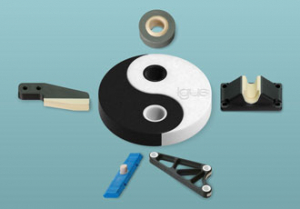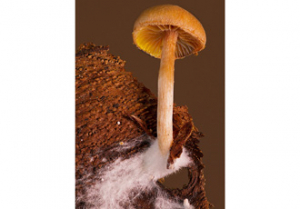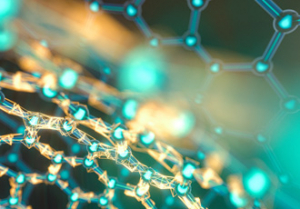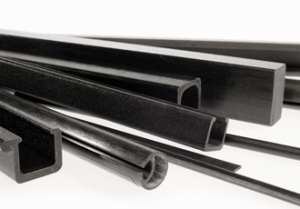igus gives customers design freedom with 2-component 3D printing

Two filaments can be joined together in a single production step to form a lubrication-free and robust component. Prototypes, spare parts, tools and low volume production: 3D printers from plastics specialist igus are now producing components with different filament materials. Specialised material properties can be easily combined in this 2-component 3D printing.
For example, components can be produced in 3D printing, which require high stiffness as well as wear resistance. This gives customers total freedom and flexibility in design.
3D printing has developed into a serious alternative to traditional industrial processes such as turning and milling. A study by the industry association BITKOM shows that 32% of industrial companies were already using the technology in 2019, 13% more than in 2016. Also, the demands of users are increasing.
"In recent years, more and more designers have asked us whether it is possible to manufacture components using 3D printing from more than one plastic material in order to achieve special properties," said Dean Aylott, Head of Additive Manufacturing at igus UK.
The solution is two-component printing (2K). This means, for example, that tribo-filaments can be combined with carbon fibre reinforced materials. The customer not only receives a particularly lowwear component, but also one that is very tough.
2K 3D printing: from a geometric point of view, virtually no restrictions
"We have now expanded our 3D printing service with the two-component printers (2K), which can work with two different printing materials and thus allow more flexibility in product development."
The 2K printers use the FDM printing process, where the two plastics each flow through their own pressure nozzle. The 2K printers can switch between materials at any time during printing, they merge at the transitions.
“From a geometric point of view, there are hardly any restrictions”, said Aylott. "The materials can enclose, intertwine and alternate in layers."
An exception only arises when the melting temperatures of the filaments is significantly different, and no material fusion is possible. In this case, designers can create a positive connection - for example, a dovetail that connects two areas that are made of different plastics.
"This flexibility was previously impossible in 3D printing"
The filament material portfolio includes lubricating and high performance polymers with, among other things, fire-retardant, hygienic and antistatic properties. Dean Aylott: "With the 2K printer, we have the option of combining the properties of two filaments in one component."
An example of a 2K component, is a part in a gripper for a capping machine in the food industry. The body consists of a tough iglidur filament, which guarantees mechanical strength and rigidity. The sliding surfaces, on the other hand, are made of a flexible material that ensures wear resistance.
"With this twocomponent part, the user benefits from a mix of materials", emphasised Aylott. “In the past, the individual parts could only be printed out and assembled together one after the other. Now it's much easier and faster."
Similar articles
More from igus UK Limited
- From garage business to world leader: igus founders celebrate 90th birthday 22nd June 2021
- VOTW - Metal out plastic in! 10th June 2021
- igus robot works alongside agri-tech startup 18th May 2021
- Tribo-polymers increase machine service life and efficiency 10th May 2021












Write a comment
No comments